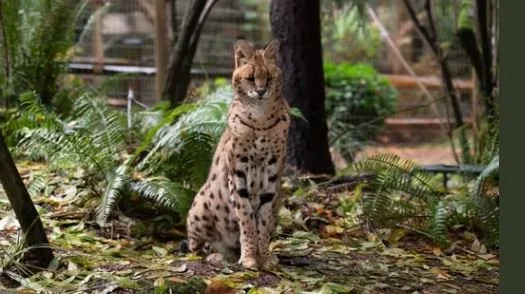World’s Largest Big Cats Terrorizing Siberian Villages
The endangered Siberian tiger, also known as the Amur tiger, is rarely seen in the wild, but this year the world’s largest big cat is making unwelcome appearances in Russia’s far east. The tigers are preying on dogs, livestock, and in a few cases, humans.
“The tigers are hungry. That is why we are seeing these incidents,” an anonymous Amur tiger expert tells the Guardian, which agreed to protect the person’s identity in an increasingly politicized situation in Russia. “People want to highlight this to the government but they do not want to listen.”
The tigers are hungry because one of their main food sources – wild pigs – has been decimated by African swine fever, which is pushing some wild pig species toward extinction. The deadly virus likely spread from China, where millions of pigs have died since an outbreak that began in 2018. As the virus has spread, so too has human-tiger conflicts.
Only a few hundred tigers survive in a remote area of the Russian-Chinese border, a shadow of the species’ historic territory that once spanned the Korean peninsula and much of north-east China. The Amur tiger, which can weigh more than 600 pounds, is the world’s largest big cat species. Besides the pig-killing virus, these big guys are threatened by logging, mining, and a shrinking habitat.
Russia actually has a decent history of protecting the Amur tiger. In 1947 the Soviet Union became the first country to grant full protection to the species, which led to a series of conservation programs in subsequent decades. Vladimir Putin himself has been actively supporting the big cat since at least 2008 when he established the Amur Tiger Center, the main body responsible for its conservation.
It’s good to have a powerful ally, but it comes with some baggage. The center’s board is overseen by justice minister Konstantin Chuychenko, who has been sanctioned by the US and European Union for his role in the invasion of Ukraine. The center rarely brings in independent researchers and conservation groups to help with the Amur tiger’s protection (and it did not respond to the Guardian’s request for comment).
Photo credit: Amur Tiger Center







